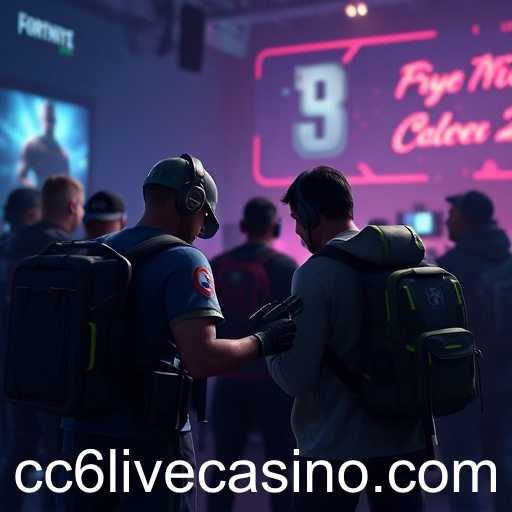Explore the dynamic world of multiplayer gaming, a popular category defined by the keyword 'cc6'. Discover how it fosters connection and competition.
In the ever-evolving landscape of digital entertainment, multiplayer gaming stands out as a significant and transformative category, often recognized under the keyword 'cc6'. These games have not only redefined the way we interact with technology and each other but have also set a new standard for what players expect in terms of engagement and connectivity.
The journey of multiplayer games began with basic two-player setups but quickly expanded into a diverse array of options as technology advanced. Early iterations like Pong laid the groundwork for what would evolve into complex ecosystems of interaction among players across the globe. Today, 'cc6' signifies a thriving genre where players connect, compete, and cooperate, blurring the lines of global geographies and timezones.
This evolution reflects the growing demand for shared experiences. Platforms such as PC, consoles, and mobile devices host a vast array of multiplayer games—each offering unique mechanics and strategically designed environments that promote teamwork, strategy, and competition. Games like Fortnite, Call of Duty, and Among Us have famously drawn millions of players, emphasizing real-time cooperation or competition.
One of the most compelling aspects of multiplayer games is their ability to foster community and camaraderie. Players often find valuable social interaction within these digital worlds, creating subcultures and communities that extend beyond the game itself. This social aspect has been a strong driving force behind the success and longevity of many titles within the multiplayer category. By allowing players to meet people from varied backgrounds, games encourage an exchange of cultures and ideas, subtly promoting unity and understanding.
The multiplayer gaming industry is also a powerhouse of technological innovation. It constantly pushes the boundaries of what is possible, from virtual reality (VR) experiences that offer immersive environments to augmented reality (AR) modes that blend the real with the virtual. Developers are continually striving to improve server capacities, reduce latency, and enhance graphical outputs, all ensuring a more seamless and immersive experience for users around the world.
Moreover, the competitive aspect of multiplayer gaming has given birth to esports—a vibrant, competitive gaming scene that has achieved remarkable success. Tournaments are held worldwide, drawing huge crowds both in-person and online, offering substantial monetary rewards, and garnering mainstream media attention. This phenomenon has solidified multiplayer gaming not only as an entertainment medium but also as a legitimate professional pursuit.
In conclusion, multiplayer games, marked by their 'cc6' keyword designation, represent more than just a means of leisure—they are a cultural force with the power to connect people across distances, foster teamwork, and spur competitive spirit. As technology continues to progress, the potential for these games to evolve further and impact daily lives in even more profound ways is limitless. Whether through casual play or professional competition, multiplayer gaming has undeniably engraved its place within the fabric of modern entertainment.




